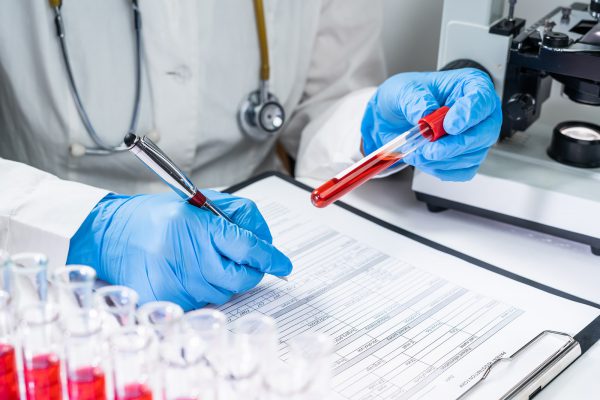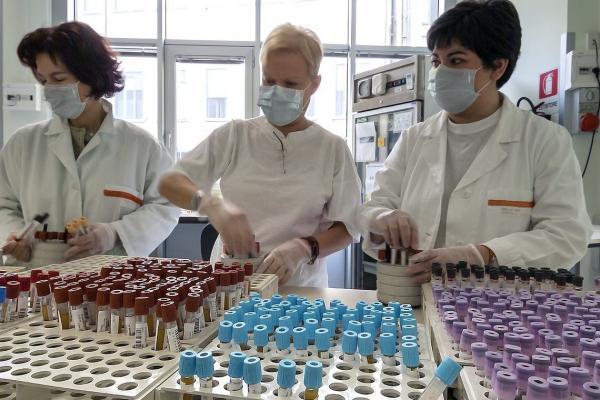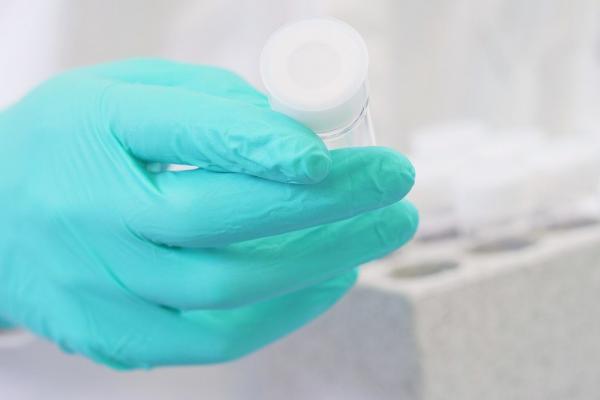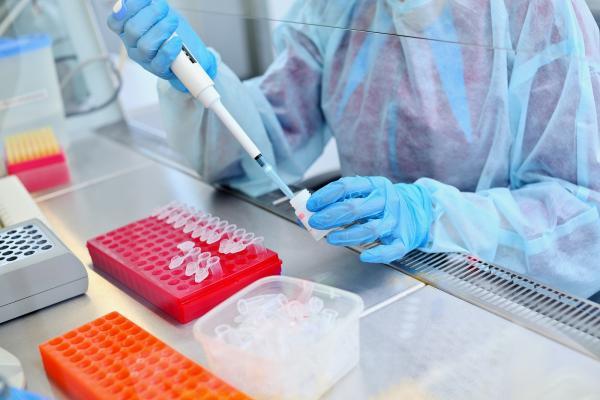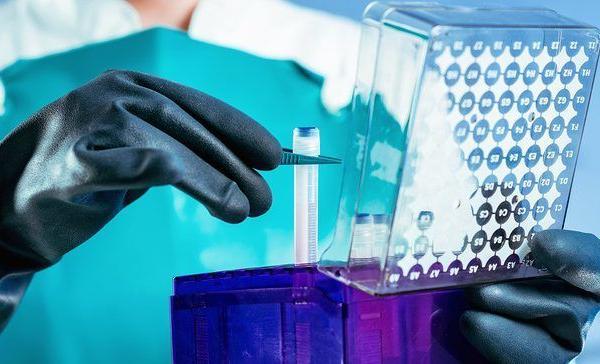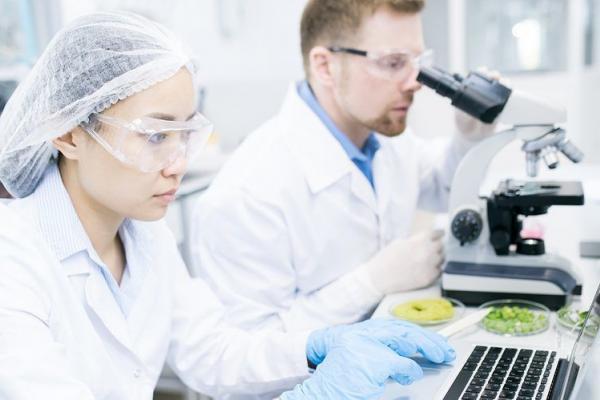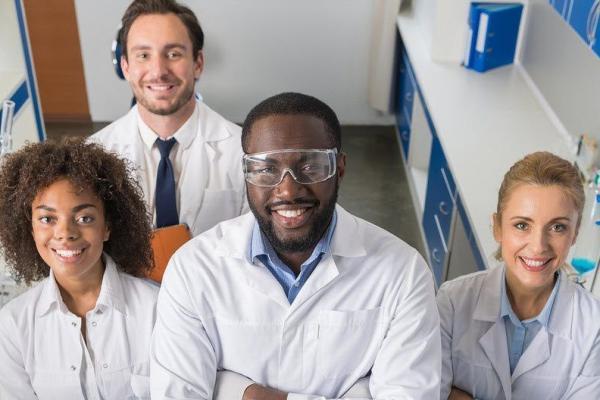Each sample’s journey is a complex one. As a sample moves from initial collection to depletion it passes through the hands of numerous people. Even the simplest journey involves two... read more →
Many laboratories invest in and use state of the art equipment to process and analyse samples. These highly sophisticated pieces of kit can efficiently handle large volumes of samples. They... read more →
In the current COVID-19 pandemic more people than ever are aware of the critical role clinical trials play in finding treatments and cures to disease. Tens of thousands of generous... read more →
If you’re one of the many labs or Biobanks whose operations have been temporarily halted or repurposed as a result of the COVID-19 pandemic, then you may be wondering how... read more →
As a Biobank having high quality samples is essential for your reputation and success. You've probably defined protocols and standard operating procedures (SOPs) that you follow when storing and processing... read more →
For many labs and Biobanks, the main reason for implementing a Laboratory Information Management System (LIMS) is to improve the way they manage their samples. If you’re using your samples... read more →
The fundamental role of Biobanks is to provide quality biological samples to help further research. Ultimately helping shape new vaccines and cures for diseases. Your Biobank might include historical samples... read more →
A modern laboratory information management system (LIMS) helps you remove data silos in your Biobank and lab. Consolidating your data into one centralised system. As a result, you can reduce... read more →
In a clinical research lab or Biobank, it’s vital you know exactly what biological samples you’re working with and where they came from. Understanding a tissue sample’s provenance helps you... read more →
In this unprecedented and somewhat unsettling time, we're seeing collaboration on a global scale like never before. On a human level, strangers are coming together to help each other through... read more →

